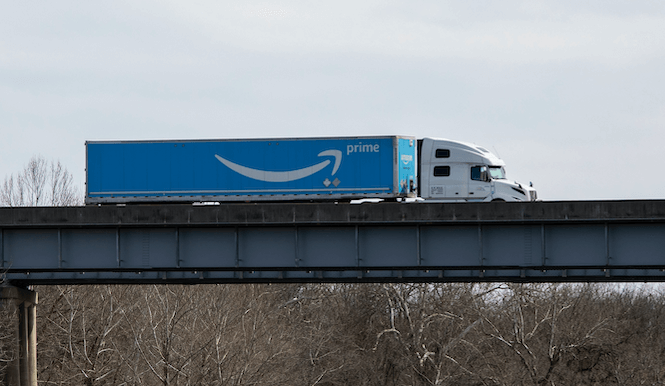How to Get a CDL (Commercial Drivers License)
While it may seem daunting, getting a CDL is a relatively straightforward process.
This guide starts with some basic terms and explains how CDLs work before providing a step-by-step list of how to get a CDL.
Next, we cover who can get a CDL and what the different CDL classes, endorsements, and restrictions mean.
Lastly, we cover how CDL schools work, how to get free schooling, average CDL salaries, and more.
If you're just looking for a CDL school in your area, you can use our search portal below.
What is a CDL?
A Commercial Driver’s License, also known as a CDL, is a special driver’s license that is required to drive large/heavy vehicles, transport large groups of passengers, or haul hazardous materials.
What is a CLP?
CLP stands for “commercial learner’s permit” and allows CLP holders to drive commercial vehicles for training purposes before they get their CDL as long as they are accompanied by a CDL holder.
CDL holders may also need to get a CLP when learning to drive vehicles that their current CDL does not cover, such as a hazmat truck.
CLPs are also occasionally referred to as a CDL permit.
How CDLs Work
CDLs are issued at the state level so the specifics may differ slightly from state to state. However, there are federal CDL requirements that each state must follow.
Before obtaining a CDL, individuals in all 50 states will need to first obtain a CLP, receive proper training, and then pass the appropriate tests.
Even though licensing is done at the state level, once an individual obtains their CDL, they are permitted to drive a commercial motor vehicle across state lines as long as they are 21 years of age or older.
Depending on the state, CDLs will expire after 5-8 years and will need to be renewed.
How much does it cost to get a CDL?
Depending on the state and CDL school, getting a CDL can cost anywhere from $2,000 to $10,000.
The biggest expense for most individuals will be CDL school. However, many trucking companies offer free CDL schooling for individuals that agree to work for the company for a set period of time afterwards (usually a year). Keep reading to learn more about CDL school and paid programs.
Other expenses can include CDL application fees, testing fees, the actual license fee, and any additional endorsement fees.





